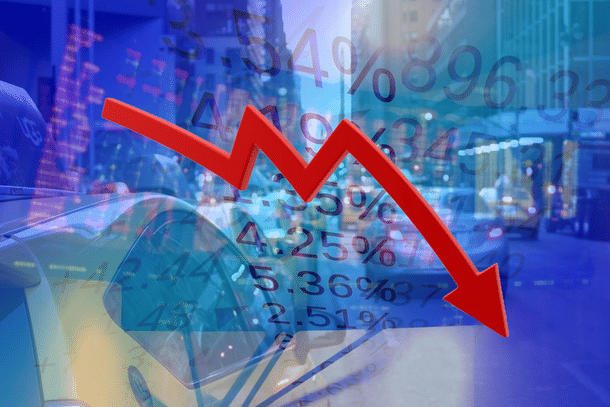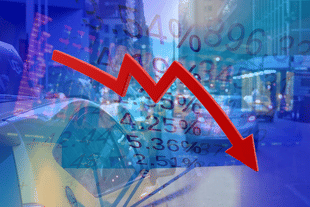Business
Supply Chain Woes Pull Down PV Sales By 3.9 Per Cent Y-o-Y In March 2022, Auto Sector De-Growth Of 6 Per Cent In Fiscal 2021-22: SIAM
Swarajya Staff
Apr 13, 2022, 06:41 PM | Updated 06:41 PM IST
Save & read from anywhere!
Bookmark stories for easy access on any device or the Swarajya app.


Facing a year of unforeseen challenges accentuated by severe disruptions in supply of semiconductors, India’s auto industry saw passenger vehicle wholesales declining 3.9 per cent year-on-year (YoY) to 279,501 units in the month of March 2022. Total passenger vehicle sales in March 2021 was 290,939 units.
Reflecting the year-long pressure on automakers, two-wheeler dispatches to dealers fell 20.8 per cent to 11,84,210 units compared to 1,496,806 units in March 2021, motorcycle sales during the last month sank 20.88 per cent to 786,479 units as against 993,996 in March 2021, scooter sales were also down 21.4 per cent at 360,082 units from 458,122 units a year ago, the Society of Indian Automobile Manufacturers (SIAM) said on Wednesday (13 April).
The industry registered a de-growth of 6 per cent in fiscal 2021-22, with sales of passenger vehicles at 3,069,499 units in April – March 2022, sales of commercial vehicles at 716,566 units, three wheeler sales at 260,995 units and that of two-wheelers at 13,466,412 units. The total production of passenger vehicles, commercial vehicles, three wheelers, two wheelers and quadricycle in April-March FY 2022 was 22,933,230 units.
Rajesh Menon, Director General, SIAM confirmed that with all auto segments facing supply side challenges, the industry is yet to see complete recovery following the disruptions it has been facing since early 2020. Hence, despite some recovery from a low base, sales of all four segments of the auto industry are below even 2018-19 level.
“While PVs, CVs and three-wheelers have witnessed a growth compared to a low base of the industry in 2020-21, two-wheeler segments further declined by (-) 11 per cent from the previous year,” says Menon.
The auto industry has, however, says Kenichi Ayukawa, President, SIAM, gone through a year of learning and working hard to keep the value chain running, to indigenise parts, to invest in new technologies and enhance exports, supported by the government’s PLI schemes, FAME scheme extension, etc.
A big upside for the auto industry currently is electric vehicles supported by FAME scheme of the government which presents an opportunity of almost Rs 3 lakh crore for various stakeholders in India in the five years through fiscal 2026, a CRISIL analysis indicates. The emergence of EVs is an opportunity for both existing and new industry participants to innovate and capitalise on the quickly evolving passenger and cargo mobility.
The opportunity includes potential revenue of about Rs 1.5 lakh crore across vehicle segments for original equipment manufacturers (OEMs) as well as component manufacturers and Rs 90,000 crore in the form of disbursements for vehicle financiers, with shared mobility and insurance accounting for the balance.
Hemal Thakkar, Director, CRISIL Limited says, “Considering the improving cost parity and the government’s focus on electrification of vehicles, we should not be surprised if EV penetration reaches 15 per cent in 2Ws, 25-30 per cent in 3Ws, and 5 per cent in cars and buses by fiscal 2026 in terms of vehicle sales.”
To address ecosystem challenges of the EV industry, the government is considering rolling out a structured battery swapping policy. Such facilitations will go a long way in realising the EV potential and help the auto industry’s revival.
Also Read: Ukraine Crisis Poses A Challenge For Semi-Conductor Supply And Auto Industry Revival





